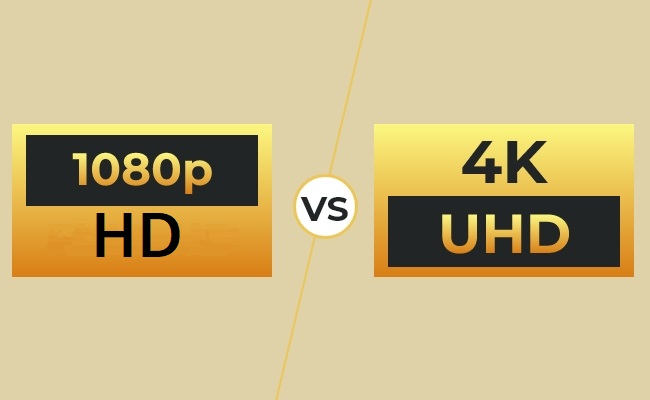No products in the cart.
Business
The difference between ultra HD and HD: understand the basics
The Ultra High Definition (UHD) and High Definition (HD) are two video resolution standards, and the main differences between them are resolution and picture quality.
Resolution
HD video is has 1920×1080 pixels, also known as 1080p. While UHD video usually has a resolution of 3840×2160 pixels, also known as 4K. Ultra HD has more pixels, so it offers more detail.
Picture quality
Because ultra HD has a higher pixel density, it can present sharper and more delicate image details. This makes UHD video perform better on the big screen and provides a more realistic viewing experience.
Storage requirements
Because uHD video has more pixels, its file size is usually much larger than an HD video of the same length. This means more storage and bandwidth to store, transmit and play uHD video.
Playback device requirements
In order to watch uHD video, you need to have a 4K resolution display device (such as TV or display), and a playback device with 4K output (such as Blu-ray player or streaming device). For high-definition video, the device requirements are relatively low.
Overall, Ultra HD video provides more refined and realistic graphics for those seeking the best visual experience; HD video is a common standard widely used in all variety of TV shows, movies and other media content.

